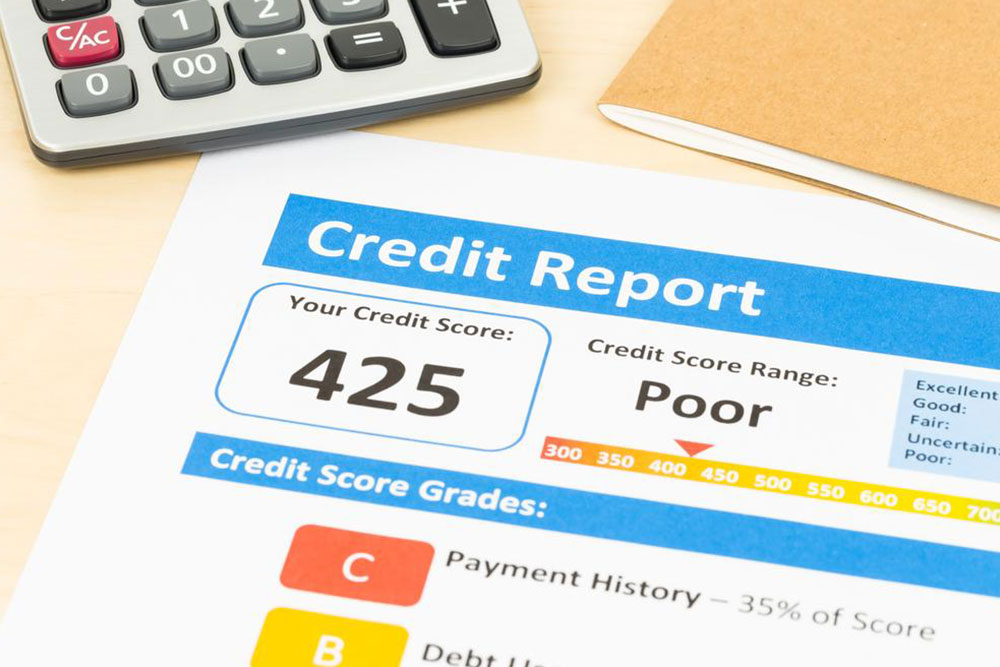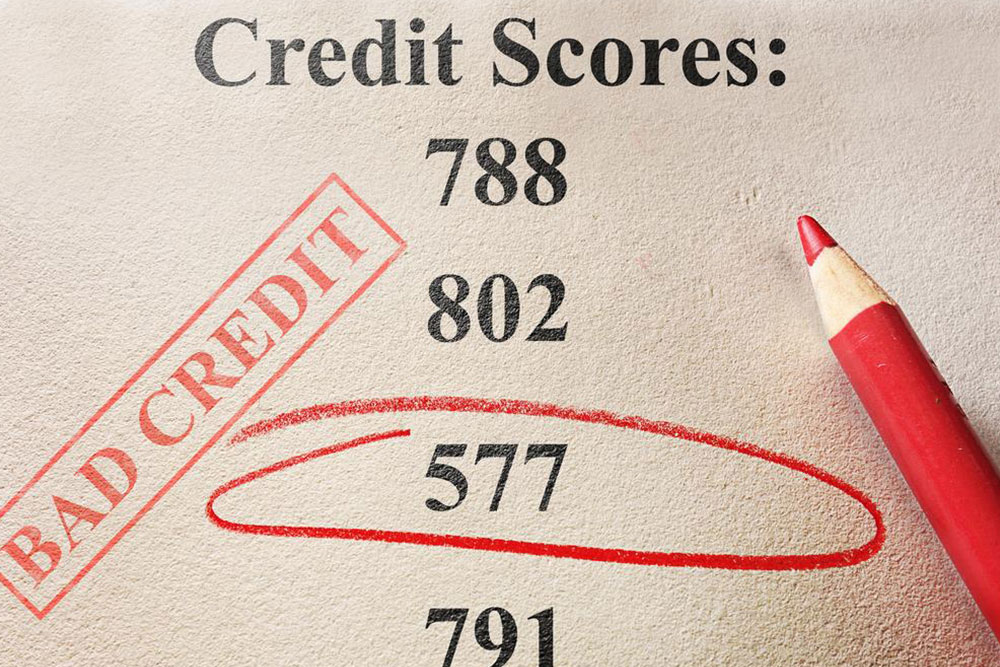Securing Loans with Poor Credit Scores
Discover effective strategies for securing loans with poor credit scores. Learn how to improve your chances through banks, online lenders, and peer-to-peer platforms. We discuss factors influencing loan approval and the role of technology in lending today.

Securing Loans with Poor Credit Scores
Obtaining a loan can be challenging, especially with a less-than-ideal credit history. Credit scores, which range from 300 to 850, are key indicators for lenders. A score below 580 is considered poor, while 580-629 is classified as fair. To improve your chances of approval and better loan terms, aim to boost your score above 630. Besides credit scores, factors like debt-to-income ratio also influence lending decisions.
Lower credit scores often mean higher interest rates. Even with poor credit, if you have steady income and low debt, your chances of approval increase.
Reasons for poor credit include:
Missed payments or defaults
Multiple loan rejections due to credit issues
No prior credit history
Tips for obtaining a loan despite poor credit:
Start by approaching local banks and applying directly. Existing customers may qualify for unsecured personal loans. Some lenders specialize in bad credit lending, considering factors like credit history length, collateral, and income stability.
While traditional banks often avoid lending to those with poor credit, online lenders offer faster, more flexible options with easier repayment plans. Peer-to-peer lending platforms also assess creditworthiness using advanced data analysis, considering income, expenses, education, assets, and investments.
Technological advancements have simplified bad credit lending by enabling quick, secure online transactions and comprehensive data collection, making borrowing more accessible.










